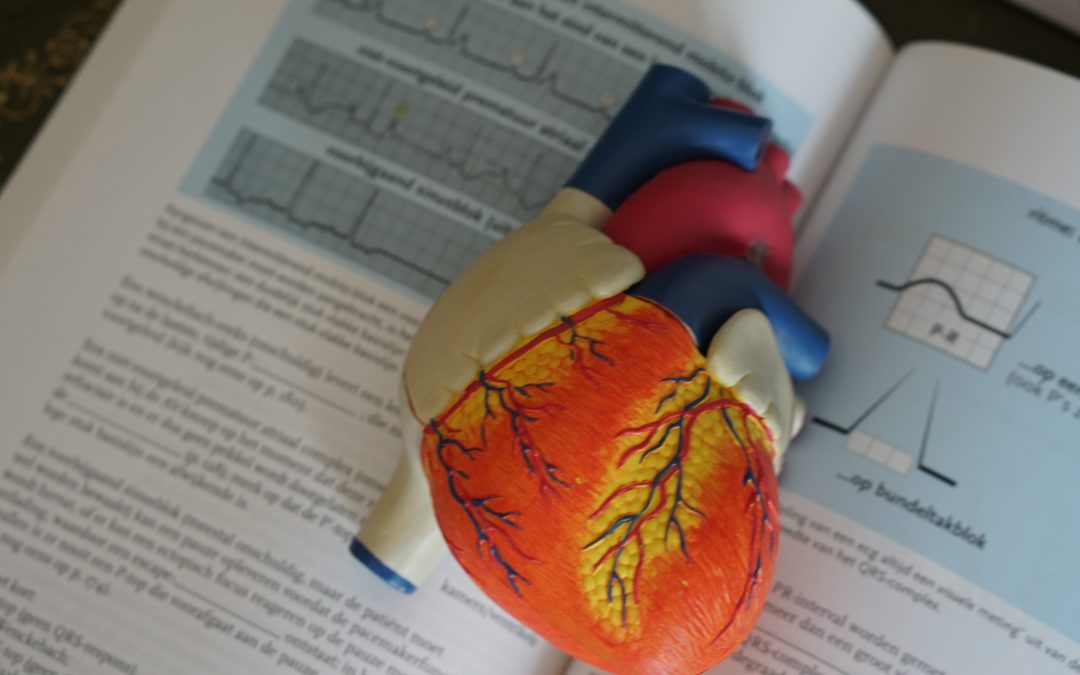Strokes and heart attacks are both severe: they happen suddenly and need inmate medical attention once they occur. However, it is vital to know the difference between the two as they each have different symptoms and require different types of care. Below we will discuss the details of what the two are and the signs that will be experienced if they were to occur.
A stroke is caused when blood flow is restricted from reaching the brain. There is a disruption in the blood flow caused by either ruptured blood vessels or a blockage in the brain. Whichever one occurs, they both disallow oxygen to feed brain tissue. Shortly after this happens, the cells in the brain start to die because they are starved of oxygen. If a patient is to recover from a stroke, they need immediate medical attention as soon as symptoms begin. According to the Centers for Disease Control and Prevention, a stroke is the 5th leading cause of death in America, with about 795,000 Americans having a stroke each year.
Due to a stroke caused by the lack of oxygen to the brain, many of the symptoms are consistent with head trauma. Many people will experience a sudden bout of dizziness and loss of balance, leading them to be unable to walk. They will also often become weak or numb on one specific side of their face. In addition, headaches and blurry vision are prevalent, and it becomes challenging for them to speak and comprehend what is being said to them.
A lack of blood flow also causes a heart attack, but to the heart instead. This leads to the heart muscle becoming severely damaged. Heart attacks are caused mainly by coronary artery disease; however, other instances can also bring on a heart attack. When the heart is unable to receive oxygen from blood flow, the muscle starts to die. In order for a victim to survive a heart attack, it is crucial to restarting the oxygen and blood flow to help prevent further damage from destroying the heart.
Heart attack symptoms are unique because they can either be brought on suddenly or slowly show up over a period of time, such as hours or days. Most heart attack victims will immediately feel a tightness or pain in their chest, arm, and shoulders. The pain may also spread to their jaw, back, and neck. With the chest tightness, it might become challenging for them to breathe. Some heart attack victims will also faint or become very weak and dizzy.
